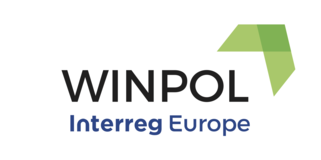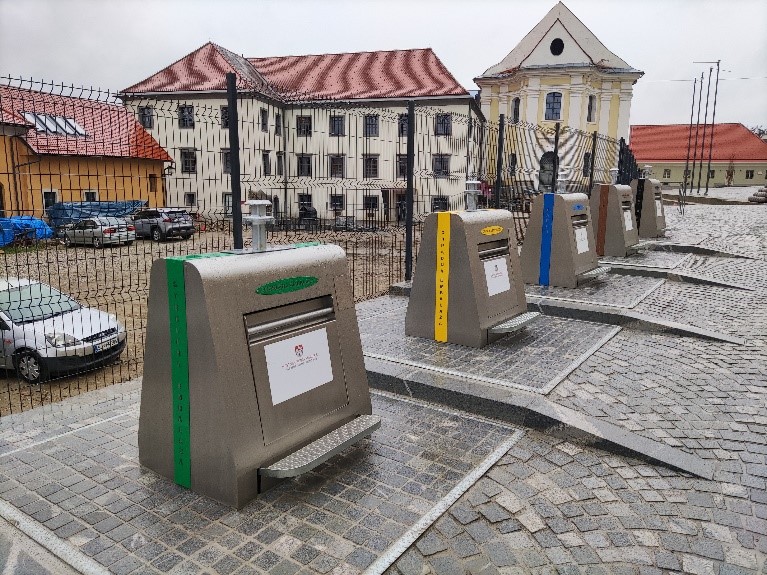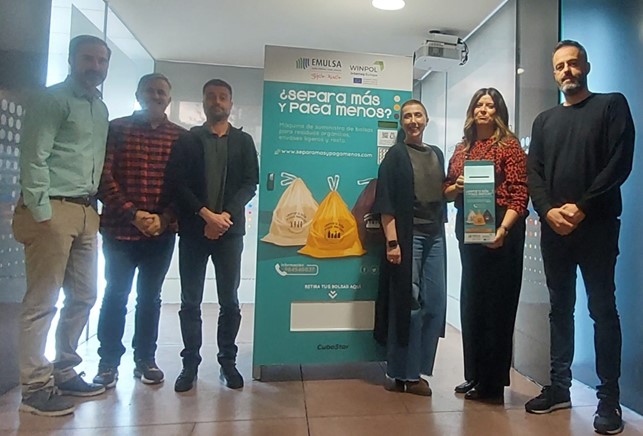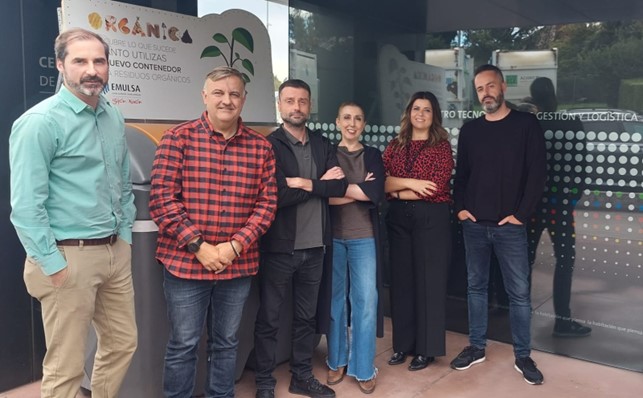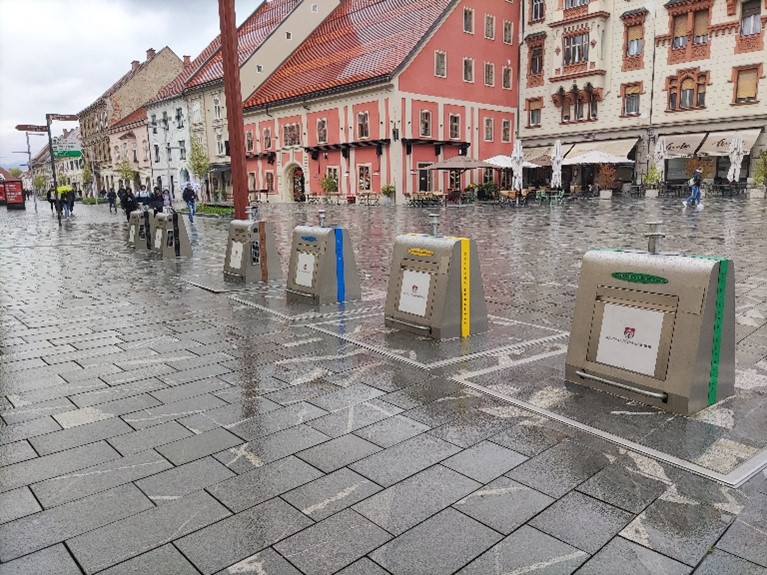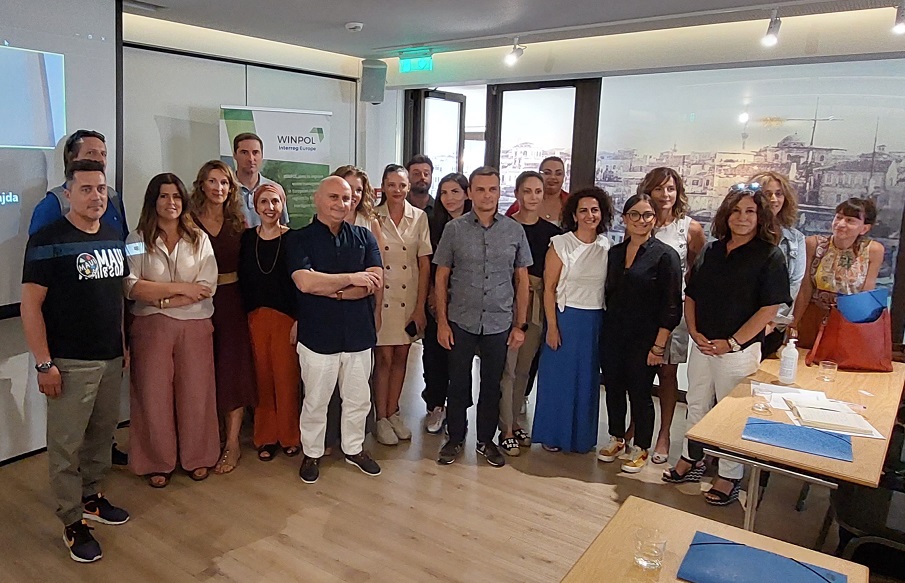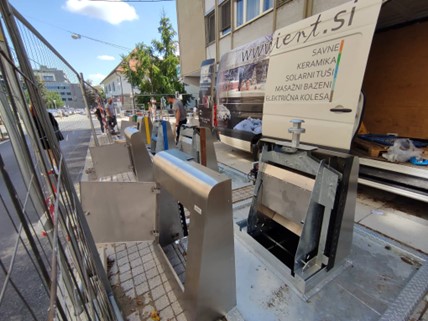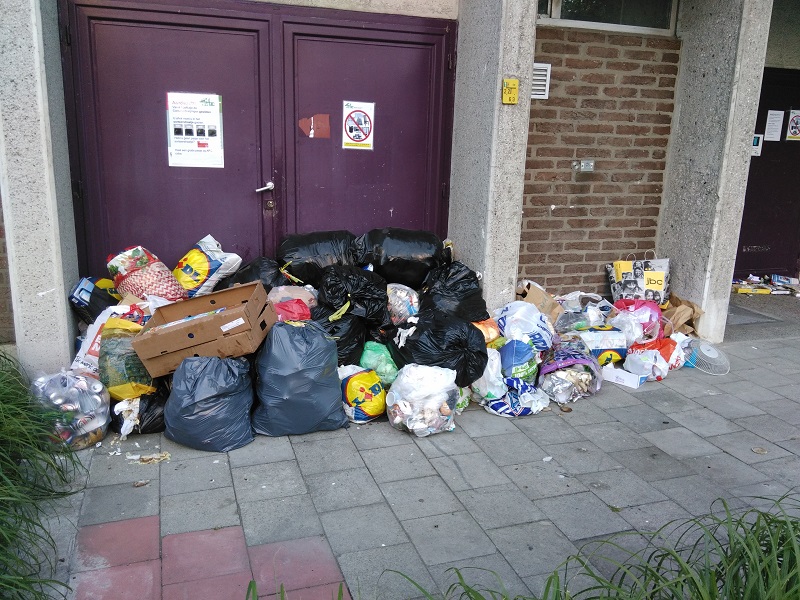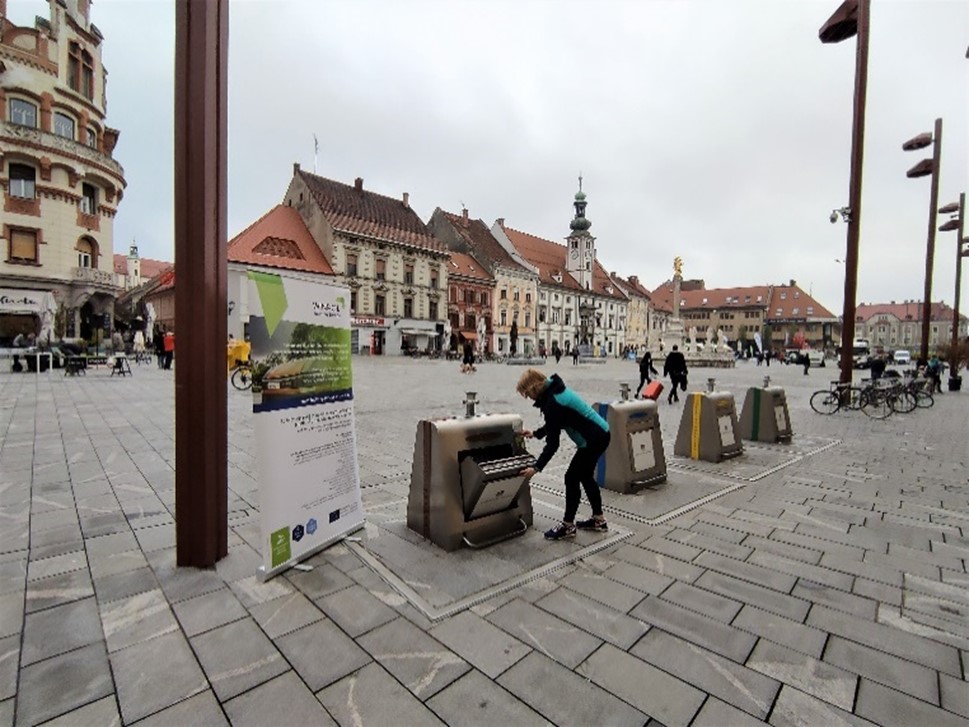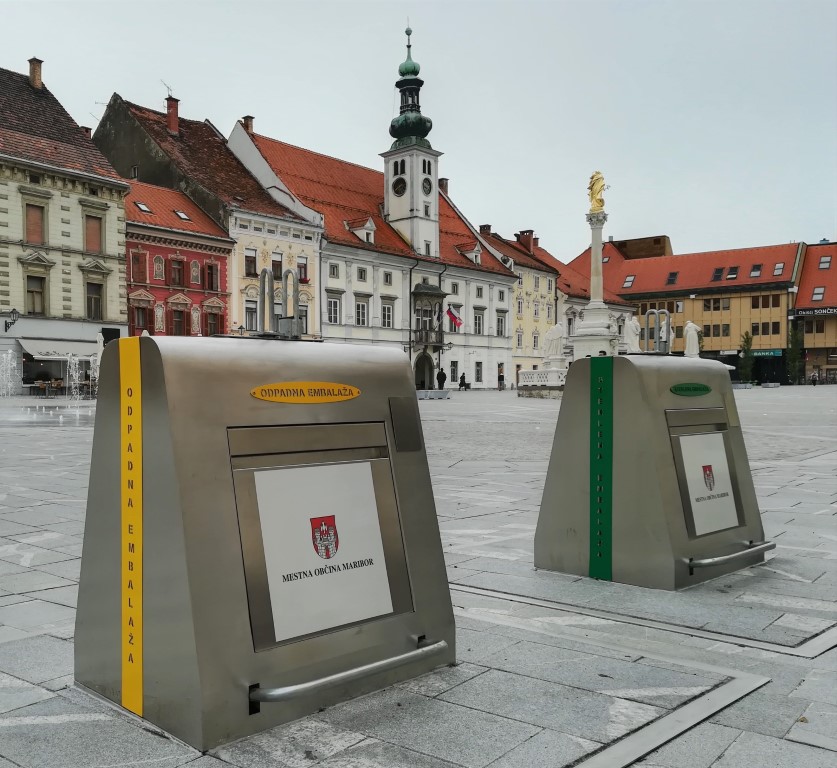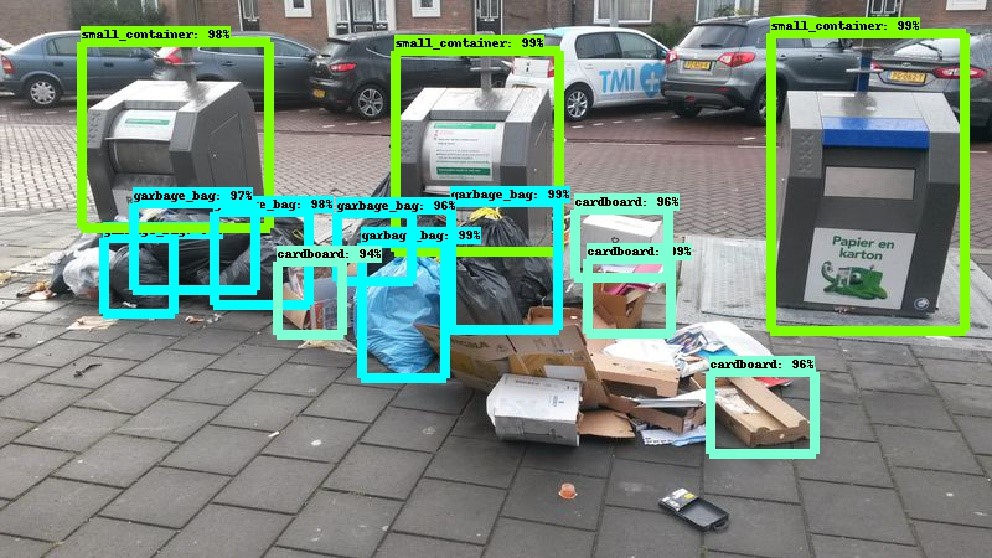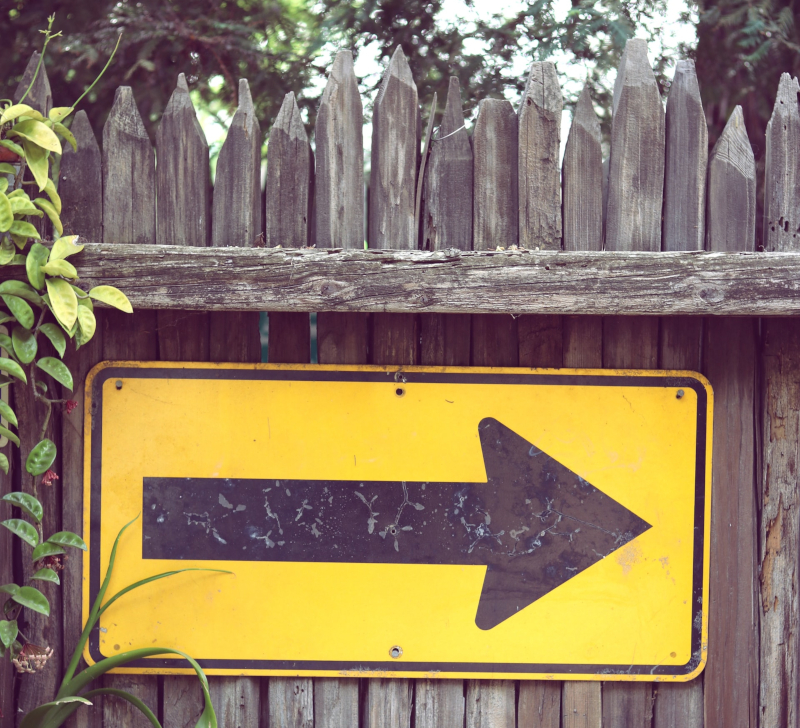Waste collection is very complex logistics solution with a lot of stops, extreme dynamics in transport and challenging service through different patterns.
In 2018, SNAGA managed to collect in Maribor, Slovenia, 20% more packaging per hour than in 2017. More specifically, between January and March 2018, 7% more paper per hour and 16% more bio-waste per hour were collected compared to the same period in 2017.
How did they achieve this?
To increase the quantity per unit of time collected, SNAGA optimised in 2018 its transport routes for the collection of paper (1,689 locations, only in the municipality of Maribor) and bio-waste (15,738 locations, also including other municipalities). The goal of optimizing the collection of waste was to reduce logistics costs and environmental impacts through efficient use of vehicles in eight hours of work and supply of different collection areas.
For this, they made sure to have reliable date (time spent for driving and collecting waste, kilometres driven, number and volume of containers in a collection area, fullness of containers, collected waste volume, vehicle technical data, etc.) and invested in a dedicated software, that uses mathematical algorithms. The optimisation resulted in an improved, eco-friendly service for the citizens and cost savings for SNAGA.
This good practice, highlighted by the WINPOL project and presented during the Thematic Seminar on the Use of information and data in the waste field, is an example of how new technologies can be used to manage and organise waste management activities. Discover it in detail on the Interreg Europe Policy Learning Platform.
